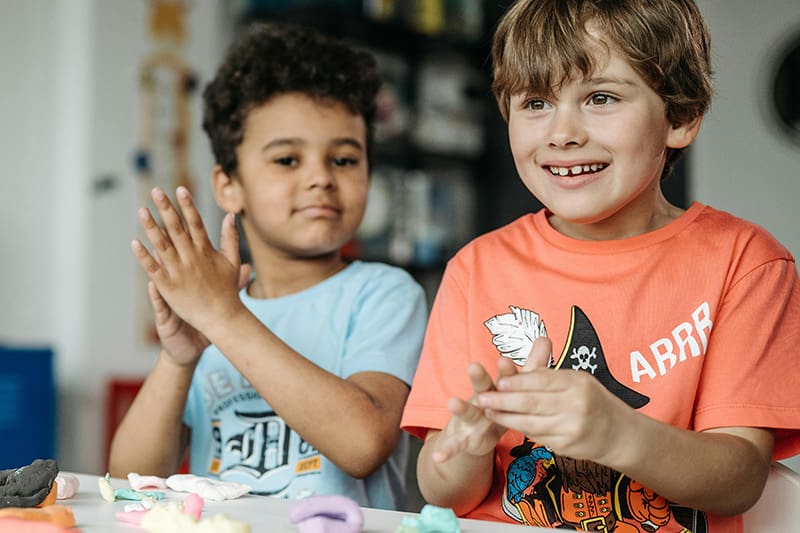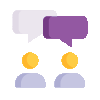The /y/ consonant sound is made by placing the tip of the tongue just behind the lower front teeth and raising the middle of the tongue towards the roof of the mouth. The sides of the tongue actually come in contact with the top of the mouth, but the middle of the tongue does not touch the roof, creating a passageway for air from the lungs through the mouth. The /y/ sound is voiced, so the air that comes through carries the sound from your vibrating vocal cords.
This is a slightly tricky sound for little ones and it is considered within the normal range for kids to still have trouble with it up until four years old. If your child continues to struggle with the /y/ sound either in isolation or in simple words past four years old, you should seek out the assistance of a trained children’s speech therapist to help get your child back on track. Seemingly small articulation issues could become much larger problems that are much harder to fix if left untreated.
Practicing speech sounds with your child is a great way to spend time with your little one and to help them on their way to effective communication. Here are some great speech therapist-recommended techniques to use at home with your child to help stimulate their articulation:
- Verbal cues
Begin by pronouncing the sound slowly and clearly for your child, “/y/, /y/, /y/.” Encourage your child to repeat the sound for themselves. If your toddler has particular trouble pronouncing the sound, try first having her say “ee, ee, ee” and “uh, uh, uh.” Then have her combine the sounds, “ee-uh”. As she says the sound combination more quickly and with more confidence, it will resemble the /y/ sound. Once she masters the /y/ sound in isolation, add vowels to it to create simple syllables such as “ya, ya, ya,” “yo, yo, yo,” and “ye, ye, ye.” Gradually move on to words, phrases and sentences.
- Visual Cues
Verbal cues are a great way to remind kids to be aware of how their mouth is moving while they make the sounds. Help your child with the /y/ sound by placing your thumb and your middle finger on opposite sides of your cheeks near your top molars. As you say the /y/ sound, bring your fingers down to suggest the opening of your mouth or the dropping of your jaw. Encourage your child to do the same thing with his own hand as he says the sound. Practice this motion in front of a mirror for even more visual feedback.
- Tactile Cues
The /y/ sound is a voiced sound, which means you vibrate your vocal cords in order to produce it. Rest your child’s hand against your neck as you correctly pronounce the /y/ sound for him. He will be able to feel the vocal vibrations in your neck. Show him how to rest his hand against his own neck as he says the sound as another cue that he is pronouncing the sound correctly.
- Awesome /y/ Activity
Does your kiddo think that bugs are yucky? What about mud? Make some flash cards with pictures on them. Choose some pictures of things that aren’t yucky too like candy or puppies. Every time your child sees a picture of something that they don’t like, they have to say “Yuck!”—and articulate the /y/ sound correctly when they do it.












